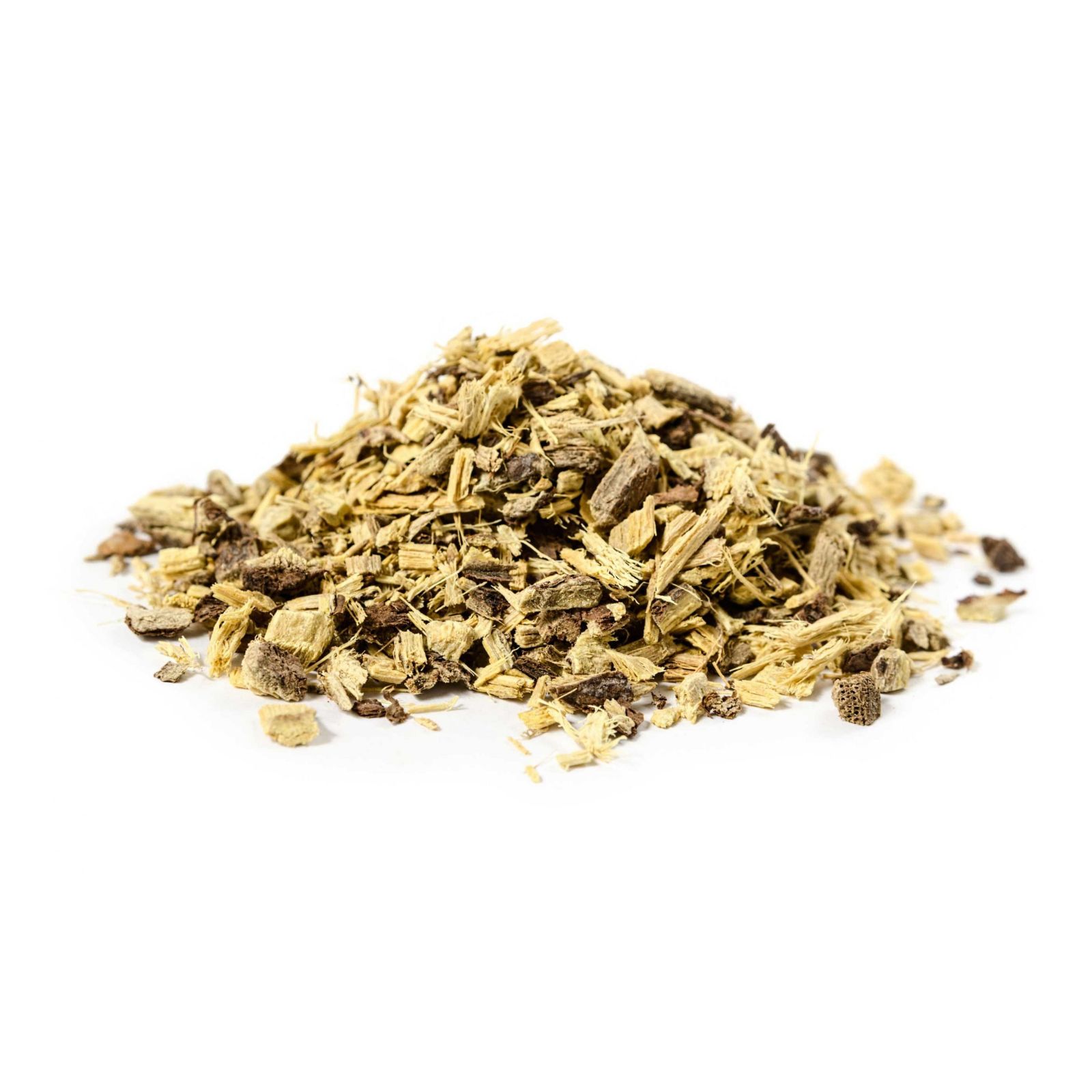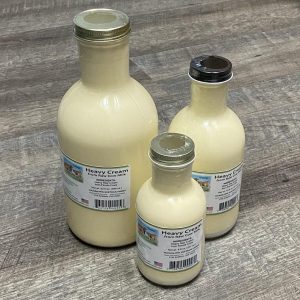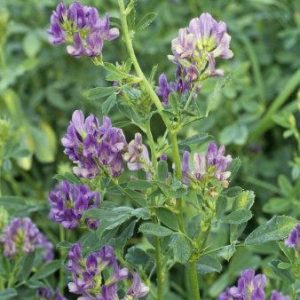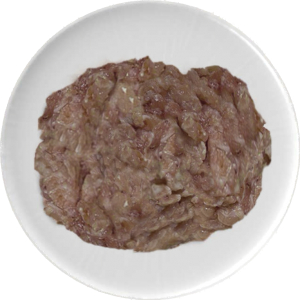BioComplete™ Licorice Root Powder
Most common use is to treat coughs and colds, gastric ulcers, may purify the blood.
Glycyrrhiza glabra (and several other species, some dangerous) true licorice, and sweet licorice.
Licorice root is one of the most widely used medicinal herbs worldwide and is the single most used herb in Chinese medicine today. It was used by the Egyptians as a flavoring for a drink called Mai-sus, and large quantities were found in the tomb of King Tut for his trip into the afterlife. Pliny the elder recommended it to clear the voice and alleviate thirst and hunger. Dioscides, when traveling with Alexander the Great, recommended that his troops carry and use licorice to help with stamina for long marches, as well as for thirst in areas of drought. In the middle ages it was taken to alleviate the negative effects of highly spicy food or overcooked food. It was also used for flavoring tobacco, and as a foaming agent in fire extinguishers and beer. In a recent survey of western medical herbalists, licorice ranked as the 10th most important herb used in clinical practice. An astonishing number of Chinese herbal formulas (over 5,000) use licorice to sweeten teas and to "Harmonize" contrasting herbs. Its first documented use dates back the time of the great Chinese herbal master Zhang Zhong Zhing, about 190 AD, but it was certainly used for many centuries prior to this. In 1914 the Chicago Licorice Company began to sell black vines, the first in a very long line of licorice based modern candies.
Glycyrrhizin, complex immune-stimulant sugars.
The root in dried form
Teas, tinctures, and in encapsulations. The whole sticks and slices may be chewed straight and are pleasant tasting.
The most common use of licorice world-wide is to treat coughs and colds. Licorice is especially useful for treating coughs with sticky phlegm, or for treating colds that accompany stomach upset. There is a German E Commission monograph for licorice that lists it use as helpful for Catarrh of the upper respiratory, and for gastric ulcers. Chinese medicine also uses licorice to treat various forms of chronic fatigue. Gastric and duodenal ulcers and canker sores can be treated with the herb or with its common derivative, Deglycyrrhizinated licorice (DGL). If you use DGL, however, you must remember to chew the capsules or they will not work. Saliva activates DGL .For many centuries, Europeans, especially the English, have consumed large amounts of licorice water (tea) as they feel that it helps to purify the blood.
Don't use licorice if you have high blood pressure, and don't use licorice if you eat a meat and potatoes diet. Your body needs potassium from fruit and vegetables to compensate for the excretion of potassium stimulated by licorice. If you use steroids or an asthma inhaler, licorice will increase both the effectiveness of the drug and the severity of its side effects. Its long term use is not recommended, and it is not recommended for use by pregnant women. May cause stomach upset if taken in large quantities.
This information has not been evaluated by the Food and Drug Administration. It is not intended to diagnose, treat, cure, or prevent any disease. These food products may be beneficial for supporting optimal health.
For educational purposes only.
Capsules available upon request.
Additional information
| Size | 2 oz Small Jar, Jar of Capsules 60 count, 4 oz Large Jar |
|---|





